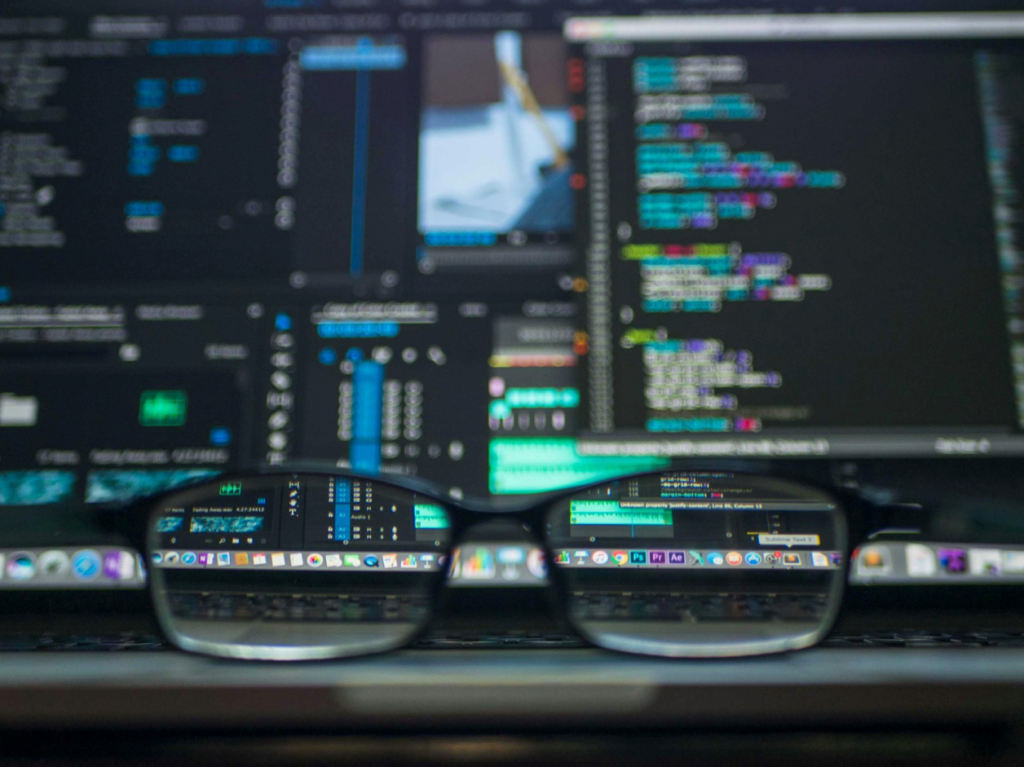The digital world is growing at a breakneck speed, making cyber threats increasingly complex and challenging to combat. By 2025, the estimated global cost of cybercrime is expected to reach $10.5 trillion annually, highlighting the pressing need to bolster our defenses. As cybercriminals evolve their tactics, we must also strengthen our resilience, leveraging the latest tools and strategies to protect our businesses, data, and peace of mind.
The rapid development of AI Report Central positions it as a valuable resource for staying up-to-date on latest cyber security news. Through detailed insights and industry-leading updates, AI Report Central offers readers the top cybersecurity blogs and resources needed to protect their business and personal data.
This article covers the future of cybersecurity, discussing emerging threats and the critical defenses needed to stay ahead.
Understanding the Threat Landscape: What Are We Up Against?
Cyber threats are no longer limited to phishing emails and malware. Today’s cyber landscape poses an array of challenges, each one more sophisticated than the last. From advanced ransomware and supply chain attacks to AI-enabled threats, understanding these evolving dangers is critical.
- Ransomware Attacks: Ransomware attacks have surged globally by over 150% in recent years, with malicious actors targeting businesses, government agencies, and even healthcare systems. Modern ransomware is not just locking systems; it’s often coupled with “double extortion,” where attackers threaten to release stolen data unless further payments are made. This evolution of ransomware means a need for robust data backups, network segmentation, and real-time monitoring.
- Supply Chain Vulnerabilities: An alarming number of cyber attacks now target companies indirectly by attacking their suppliers. Compromised software updates and vendor networks give attackers access to sensitive data without ever breaching the intended company’s perimeter. Protecting against these attacks requires close monitoring of third-party vendors and implementing strict access controls across supply chains.
- AI and Machine Learning-Driven Attacks: While AI is a boon for cybersecurity defense, it’s also a tool that cybercriminals use to identify vulnerabilities and automate attacks. Malware powered by machine learning (ML) can adapt to evade traditional security measures, making it harder to detect. As AI becomes more accessible, it’s likely we’ll see more cybercriminals harness this power, amplifying the need for real-time detection and response systems.
- Deepfake Scams and Identity Theft: Advanced AI-powered deepfakes are increasingly used for fraudulent activities, including manipulating voice and video data to impersonate high-level executives. This tactic enables attackers to manipulate employees into authorizing transactions or releasing sensitive information. As these technologies advance, detecting and countering such threats will become a crucial component of cybersecurity.

Emerging Tools and Technologies in Cybersecurity
To stay ahead of these threats, security experts are implementing advanced tools designed to prevent and detect attacks in real-time. Here are some of the technologies expected to shape the future of cybersecurity:
- Artificial Intelligence and Machine Learning: One of the most promising advancements in cybersecuritycomes from AI and ML, which are becoming essential in identifying and mitigating threats. These technologies analyze patterns, learn from data, and predict potential security incidents before they occur. ML algorithms continuously improve their ability to distinguish between normal and anomalous activities, thus strengthening our defenses against emerging threats.
- Zero Trust Architecture: Traditional security frameworks often rely on the idea of a secure network perimeter. However, with an increase in remote work and cloud services, this approach is no longer sufficient. The Zero Trust model assumes that every network connection is potentially hostile, regardless of its origin. Implementing Zero Trust requires strict access controls, constant identity verification, and network segmentation. It ensures that only authorized individuals can access critical data, minimizing exposure to unauthorized access.
- Extended Detection and Response (XDR): Unlike traditional security tools that operate independently, XDR consolidates multiple security functions across email, network, and endpoint platforms. By providing a unified view of threats across these areas, XDR offers security teams actionable insights and facilitates faster response times. This holistic approach strengthens defenses, ensuring that threats can be detected and mitigated more effectively.
- Quantum Cryptography: With the rise of quantum computing, conventional encryption may become vulnerable to decryption by quantum algorithms. Quantum cryptography offers a promising alternative, using quantum mechanics principles to secure data. This technology holds great potential, though its widespread adoption is still in the early stages.
- Automated Security Operations: Managing cybersecurity threats can overwhelm even the most robust security teams. Automated security operations powered by AI help reduce human error by analyzing threats, responding to incidents, and mitigating risks automatically. Automation frees up human analysts to focus on more complex issues and ensures consistent responses across the board.
Essential Best Practices for Cybersecurity
Implementing the right tools is essential, but equally important are proactive cybersecurity best practices that can protect both individuals and businesses:
- Regular Training and Awareness: Educating employees on recognizing threats like phishing scams is vital. Cybersecurity awareness training helps reduce the chances of human error, which is often exploited by attackers.
- Strong Access Management: Implementing multi-factor authentication (MFA) and enforcing strong password policies across an organization can significantly reduce unauthorized access. Limiting access to sensitive data based on roles is another effective measure.
- Data Encryption and Backup: Encrypting sensitive data ensures that it remains secure even if intercepted. Additionally, regular data backups prevent ransomware from causing irreversible damage.
- Security Audits and Vulnerability Assessments: Regular security audits and vulnerability assessments identify potential weak points and ensure compliance with industry standards. Addressing these weaknesses before attackers can exploit them is a proactive step toward long-term security.
Cybersecurity’s Future: Preparedness Is Key

Are we truly prepared for tomorrow’s cyber threats? As cybercriminals develop more sophisticated attacks, the need for advanced cybersecurity solutions becomes paramount. The future of cybersecurity will depend on our ability to stay vigilant, informed, and proactive. Regular training, adherence to cybersecurity best practices, and investment in emerging tools like AI-driven defense mechanisms are all essential components of a robust defense strategy.
For those of us passionate about staying on the cutting edge of cybersecurity, AI Report Central offers invaluable resources featuring insights and the latest cyber security news today. Subscribing to AI Report Central’s newsletter is a great way to stay informed and ready for whatever the future holds in cybersecurity. With AI Report Central as a guide, we can keep up with top cyber security blogs and ensure that we’re armed with the knowledge to protect our digital lives.
The future of cybersecurity is a shared responsibility. Staying educated, vigilant, and proactive allows us to counter these challenges and safeguard both personal and professional information against tomorrow’s cyber threats.



















